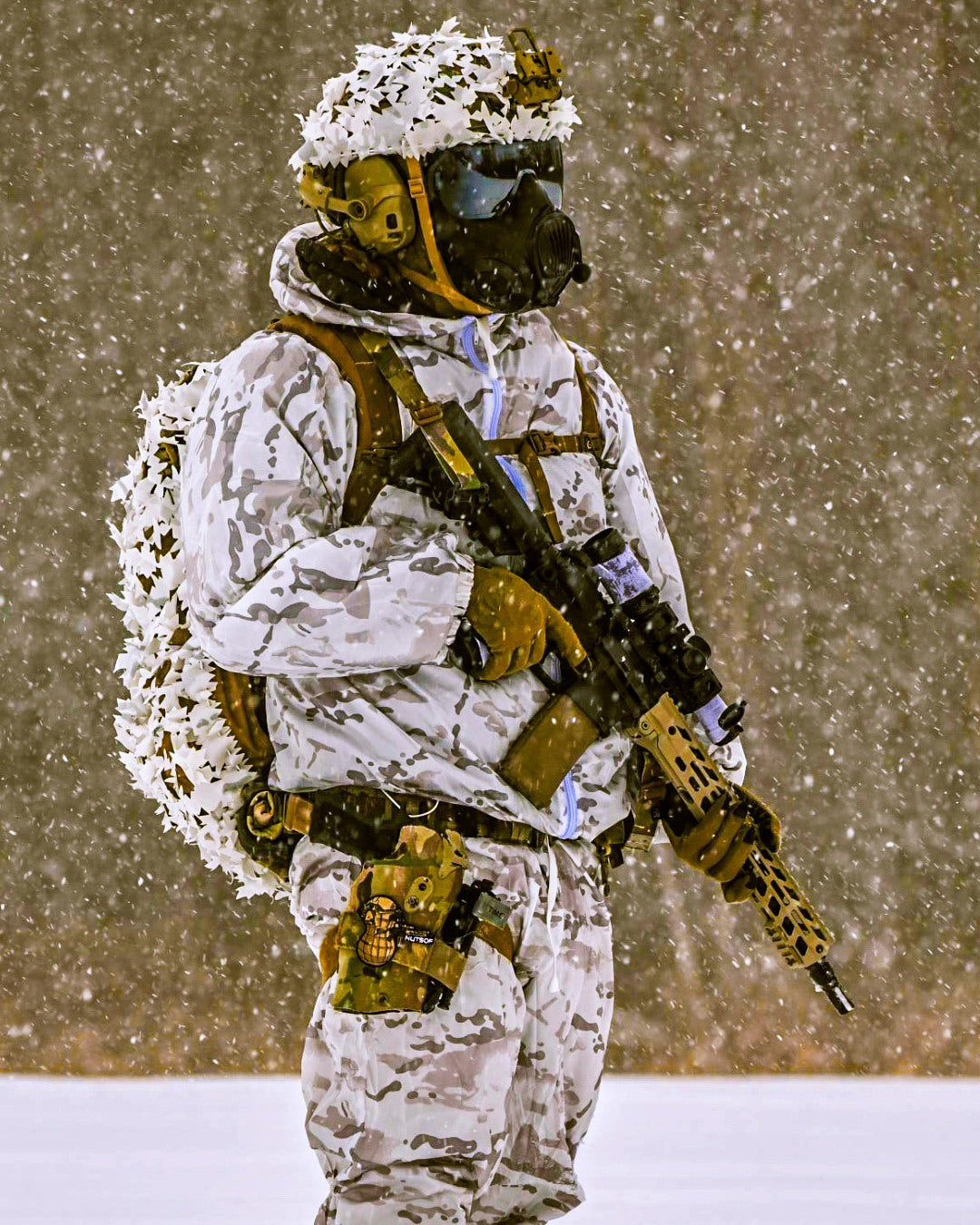Common Military Camouflage
On the battlefield, every detail matters. Military camouflage is not just a uniform: it is a shield between life and death. One bright color, one careless move, one stray sound… and the enemy sees you.
Even veterans fall into these traps. Invisibility demands precision, discipline, awareness.
In this guide, we examine the most frequent mistakes. Wrong colors, reckless movement, poor thermal concealment, and the unique challenges of urban warfare.
We end with a hard lesson from reality: Operation Red Wings.
1. Wrong colors: the most visible mistake
Color is the first layer of camouflage. If it clashes, invisibility is lost.
| Environment | Effective colors | Frequent mistakes |
|---|---|---|
| Forest | Dark green, brown, black | Too much bright green, uniform patterns |
| Desert | Sand, beige, light brown | Dark tones, green shades |
| Snow | White, light gray | Dark gray, green patches |
| Urban | Gray, beige, black | Vivid colors, woodland patterns |
How to fix it
Study the terrain. Always. Adapt the palette to the season: autumn forest doesn’t look like spring forest. Break body lines: irregular shapes, large contrasts, no uniformity.
2. Movement and behavior: the body betrays
Perfect camouflage ruined by careless motion? The enemy still sees you. The body alone speaks.
Common mistakes
-
Sudden movements. The human eye catches motion first.
-
Upright, rigid posture. A clean silhouette, an easy target.
-
Noise: clashing metal, rubbing fabric, needless talk.
Tactical fixes
Move slowly, glide if possible. Keep a low profile: crouched, crawling when needed. Secure every piece of gear, silence all rattles. Use terrain: rocks, trees, walls become allies.
3. Thermal camouflage: the invisible enemy
Today, not only eyes hunt you. Drones and infrared cameras track heat. Body warmth becomes light, betraying your position.
Frequent mistakes
-
Wearing ordinary fabrics.
-
Poor heat dissipation, body overheating.
-
Standing near reflective surfaces: metal, glass, polished stone.
Effective methods
Use specialized thermal fabrics. Avoid shiny surfaces. Rest in cool spots, breathe, let your heat drop. Position close to natural objects with similar radiation: cold rocks, damp soil.
4. Urban camouflage: geometry as a weapon
The city follows its own rules. Concrete, brick, glass, angles, reflections. Natural patterns look absurd here.
Mistakes
-
Wearing woodland patterns downtown.
-
Ignoring glass reflections.
-
Misaligning with building lines.
Adjustments
Choose digital camo: gray, beige, asphalt tones. Exploit shadows, stay in dark corners. Avoid streetlights and lit windows. Check reflections before moving.
5. Case study: Operation Red Wings
Context
Afghanistan, 2005. Four Navy SEALs. Mission: observe and eliminate a Taliban leader. Terrain: mountainous, hostile.
Fatal mistakes
-
High ground, but silhouette exposed.
-
Spotted by local shepherds.
-
No thermal cover.
Consequences
Ambush. Three killed, one survivor. Rescue helicopter destroyed. Nineteen men lost.
Lessons
Never stand on ridgelines. Always plan for unexpected encounters. Use thermal protection, anticipate enemy sensors.
6. FAQ – Military camouflage
Which pattern is most versatile?
Multicam. It works in forests, rocky zones, semi-desert terrain.
How to avoid drone detection?
Thermal-blocking fabrics. Natural covers like branches, wet soil, camo tarps.
Is urban camouflage really different?
Yes. It’s geometric, structured, built for concrete and brick, not woodland.
Conclusion
Good camouflage leaves no room for mistakes. Colors, movement, heat, urban setting: every element demands discipline. History proves that neglecting one detail costs lives.
Apply these rules. Learn from Red Wings. Stay unseen. Stay alive.
For advanced equipment and tactical solutions, visit Nutsof
Best regards,
The Nutsof Team
Advanced Camouflage & Defense Solutions
🌐 www.nutsof.com
Follow us on Facebook and Instagram for the latest in advanced military camouflage technologies.


